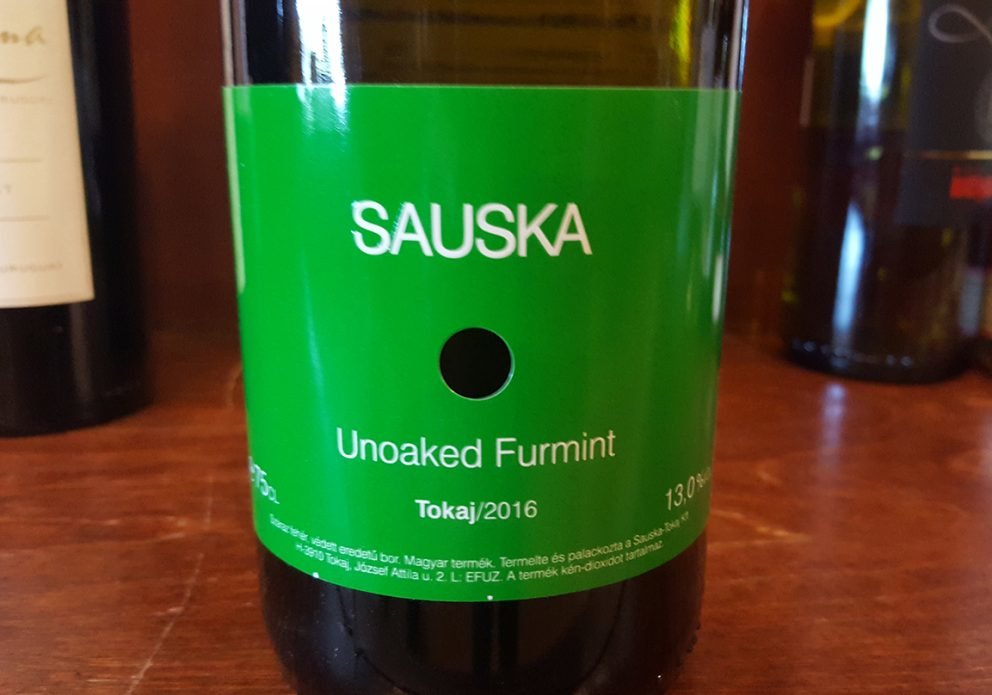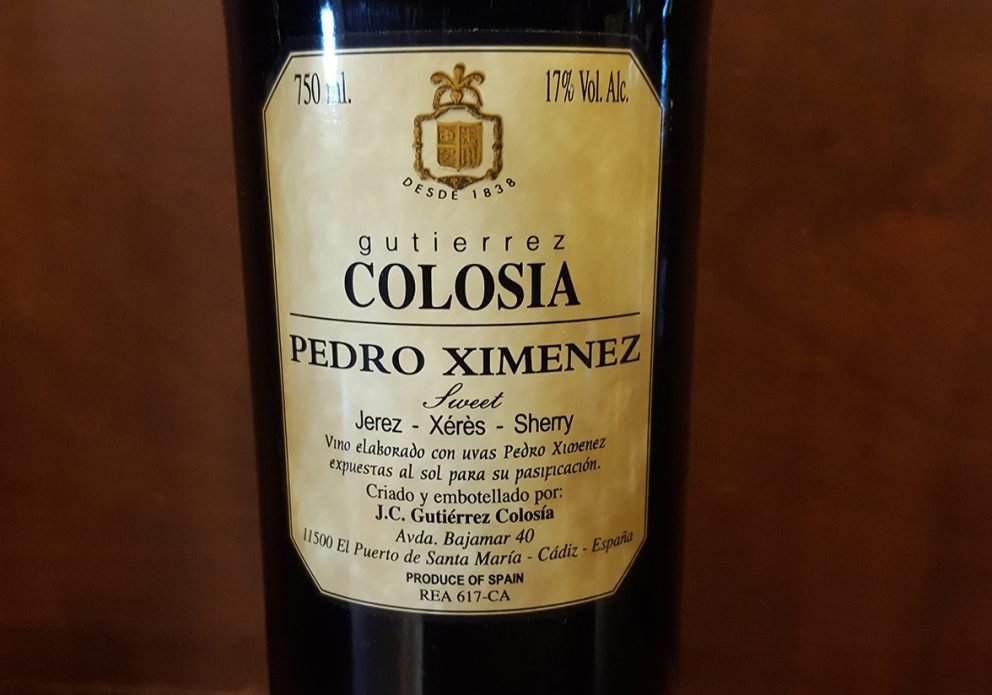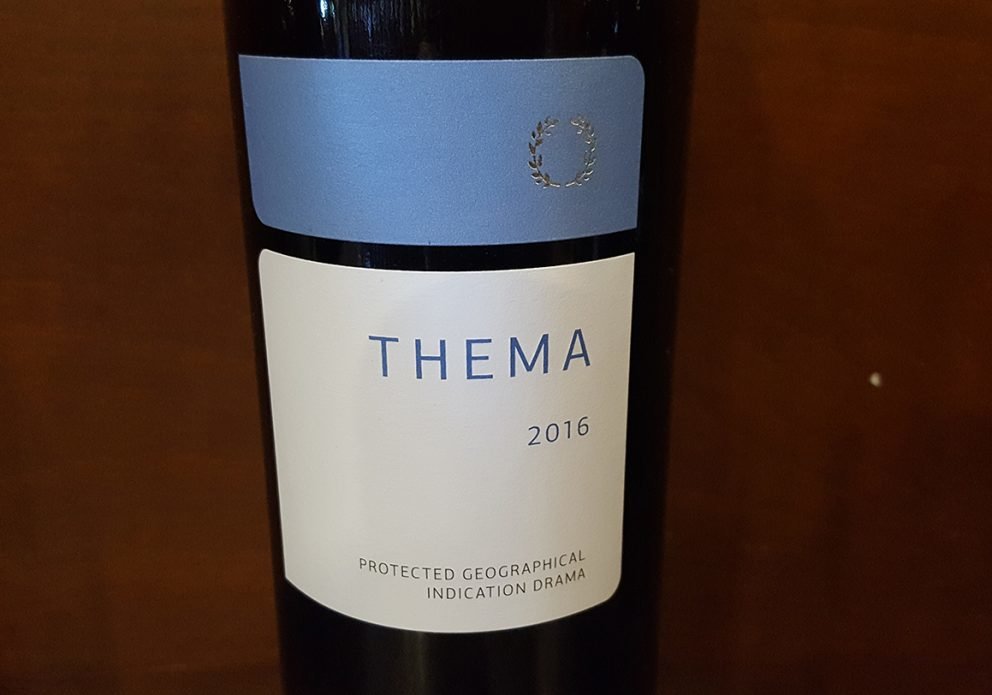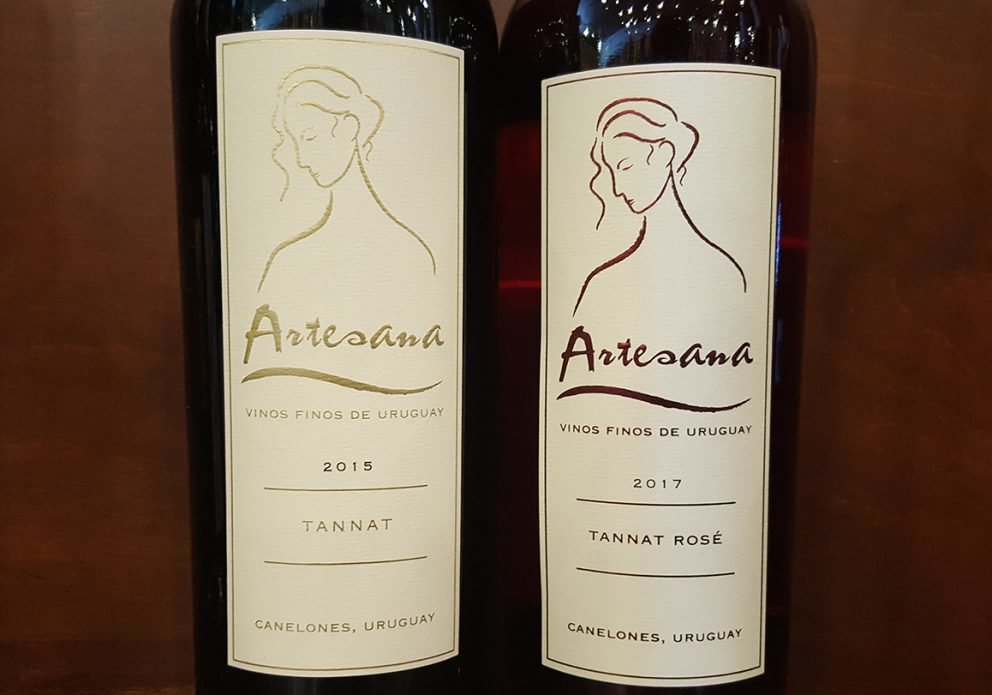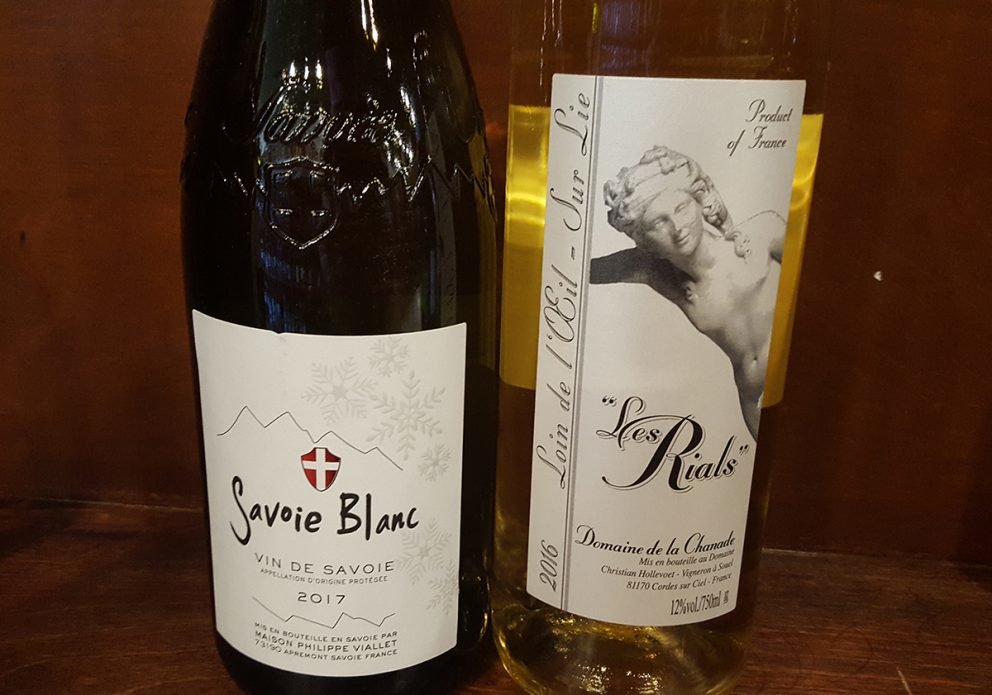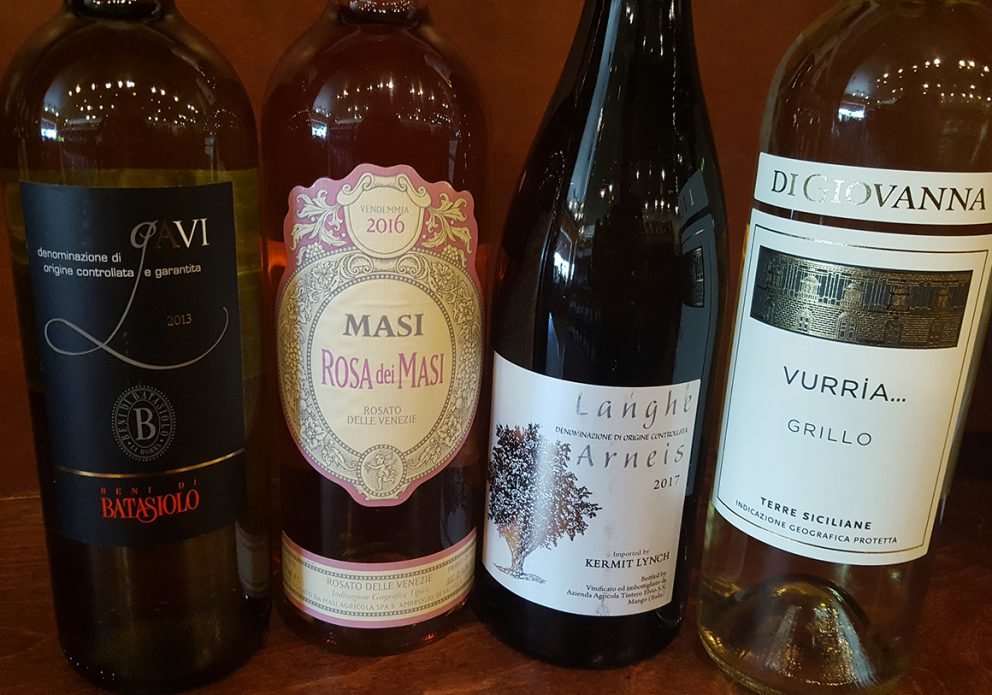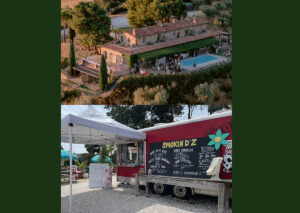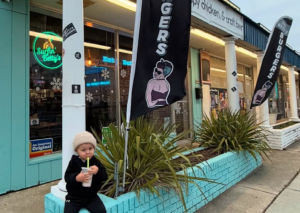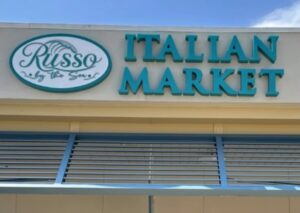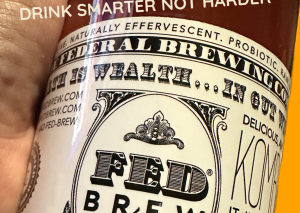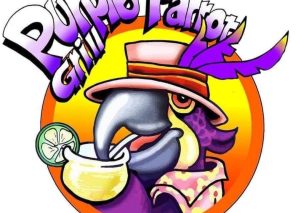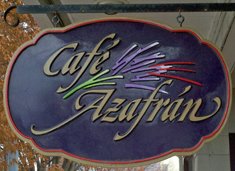Are you tired of drinking the same wine? Are you afraid to try something new because you can’t pronounce the name of the wine or just don’t know where to start? There is no need to be afraid to try a good Grillo or Blaufrankisch as long as you are willing to expand your flavor horizon! If you are a wine novice or someone who is used to drinking the same old Pinot Grigio or Cabernet, but you want to take your palate out for an adventure, I am here to tell you about some weird wines that will delight you with their flavors.
There are over 1,360 known wine grape varieties, but almost 80 percent of the world’s wine is made from just 20 kinds of grapes. Monarchs throughout Europe in the 13th and 14th centuries declared these “noble” grapes (Chardonnay, Sauvignon Blanc, Pinot Noir, Cabernet) the chosen ones to be planted for geopolitical reasons I will not go into here. That’s what made Bordeaux and Burgundy famous. These old world grapes are now grown everywhere in the “new world” from California to Australia to South Africa to China. Because, as one of my friends always says, “it’s all a matter of economics.” When the global wine industry is a monoculture – favoring profits on immediately accessible and mass-market varieties over local grapes – consumers lose out. Many of these more obscure grapes now face extinction because they were ripped out from old vineyards a long time ago.
Fortunately, in small geographic pockets, wine growers have stuck with their native varieties. Think Touriga Nacional in Portugal, Nero D’Avola in Sicily, Pinotage in South Africa, Maturana Blanco in Spain, or Chasselas in Switzerland, to name a few. It’s probably not a surprise that the kind of winemakers who grow obscure grapes are often the same ones who are committed to organic farming, hand harvesting and natural winemaking techniques.
As our love for exploring new wines in diverse geographic regions expands, so does our quest to introduce you to new flavors. As you know, Teller Wines organizes wines by flavor profiles. After all, it is all about the flavor! For example, if you are a Pinot Grigio drinker and want to try something new, we will show you a Gavi, Picpoul, Verdejo, Furmint, or Arneis, etc. in the same “Fresh & Clean” section. We are not going to try to convert you to a Super Tuscan fan overnight. We may also show you a Chasselas blend in “Luscious & Complex,” (where most Chardonnays are housed), or a Greek wine made with Assyrtiko grapes in “Aromatic & Crisp” (where Sauvignon Blanc, Torrontes, Viognier, Vouvray and the more floral wines are shelved). Sampling new wines within your flavor comfort zone will help ease you into this weird territory.
So what is Arneis, you ask? It is a white Italian grape varietal originating from Piedmont. It’s most commonly found in the hills of Roero, northwest of Alba. The word Arneis literally means “little rascal” because it is regarded as somewhat difficult to grow. The flavors are crisp and floral, dry and fuller bodied with notes of pear and apricots. Likewise, Gavi is also a dry, white Italian wine produced in a restricted area of the Province of Alessandria in Piedmont. The name derives from Gavi, the commune at the center of its production zone. In addition, Cortese is the local grape from which it is exclusively made and whose existence is reported from the 17th century.
Staying in the old world and “Fresh & Clean,” you may also want to try a Furmint, which is a white Hungarian variety that is grown in the Tokaj-Hegyalja region. Furmint is also made into dessert wine depending on when the grape is harvested and its degree of ripeness.
When you are at our shop, you don’t have to be afraid to ask questions. You just have to know generally what flavors you like and we’ll help you expand your palate. We love listening to your thoughts, questions and suggestions. The best kind of customer is a curious one. In fact, some of the wines we now carry are the result of your inquiries and requests.
Staying with the refreshing white wines (it is summer after all), our newest acquisition is a beautiful grape indigenous to Santorini, Greece, called Assyrtiko (a-SEER-ti-ko). This grape loves the arid volcanic ash-rich soil on the island of Santorini and other Aegean islands such as Paros. On Santorini, many old vine plantations (over 70 years old) of Assyrtiko exist today. These vines have shown resistance to Phylloxera (a disease that attacks grape vines). The mineral profile of the grape bodes well for blending with Sauvignon Blanc, Semillon and Malagousia (another Greek varietal that I wrote about in a previous article). Assyrtiko grape clusters are large with transparent yellow-gold skin and juicy flesh. In the volcanic soil of Santorini, the unique characteristic is that the grape does not lose its acidity even when it gets very ripe. We thought this wine (Thema) belongs in our “Aromatic & Crisp” flavor profile. It is lovely with moussaka and even baklava because the acidity cuts through the sweetness quite well.
Before we leave “Aromatic & Crisp” I want to introduce you to Loin-de-L’oeil, a one-thousand-year-old grape varietal that literally means “far from the eyes.” It was all but forgotten until a couple of Frenchmen decided to resurrect it by spending time in Burgundy and Australia. This medium-bodied white wine has beautiful fruit flavors of orange and lemon. It is dry with low acidity. Sometimes customers ask how we choose the flavor profile for a particular wine. This wine is one that defies a single categorization, I suppose, and could very well be placed in “Luscious & Complex.” It certainly has a loyal fan base, as is with many of our more eclectic wines.
For those of you with a sweet tooth, you might want to give Pedro Ximénez a try. This Spanish varietal is used in fortified dessert sherry. The grapes are dried in the hot sun which concentrates the sweetness and results in a taste of raisins and molasses. We love sipping this wine on the rocks in the summer with a wedge of lime or pouring it over lemon sorbet. Where else would you find this wine in our shop but in “Noble & Sticky?”
Now on to one of my personal favorites, Tannat (see previous article on Wonderful Women Winemakers). Tannat is a red grape historically grown in Southwest France, and is now one of the most prominent grapes in Uruguay, where it is considered the national grape. In the U.S. (in Maryland and Virginia), there are small experimental plantings of the vine, and plantings in California increased dramatically in the beginning of the 21st century. It also shows great promise in Arizona and Oregon. The Uruguay version is lighter and fruitier in body and texture with lower tannins. It is also used to make Armagnac and a full-bodied rosé. You can find the Artesana wines in our “Juicy Fruity” and “Smooth & Structured” flavor profiles respectively. We carry the Artesana line of Rosé of Tannat, as well as the Tannat and Tannat/Zinfandel/Merlot blend.
Speaking of juicy & fruity, another new favorite of mine is a rosé made from the Refosco grape. Refosco is a very old family of dark-skinned grape varieties native to the Venetian zone in Italy. The red wines this grape yields can be quite powerful and tannic, with a deep violet color and a slight bitterness. On the palate, there are strong currant, wild berry and plum flavors. The wine can stand some aging and after a period of four to ten years, it achieves a floral quality a well. The texture of this wine goes great with (yup) hot dogs and fatty fish. The Rosé of Refosco is medium bodied and can stand up to fatty fish and meaty pastas.
Those who are willing to experiment with different grape varietals eventually develop a more interesting palate. You do not have to be a wine snob to appreciate some of the weird grapes. In the end, all that matters is that you like the wine. At the very least, it might stave off boredom.
To learn more about off-the-beaten-path wines, read Jason Wilson’s book “Godforsaken Grapes: A Slightly Tipsy Journey through the World of Strange, Obscure, and Under-Appreciated Wines.”


